On a humid night in a coastal village, I watched a house gecko stroll across a cracked kitchen ceiling like it owned the place, pausing upside down above a fluorescent bulb as moths fluttered below. That tiny pause – no glue, no suction cup – masks one of biology’s most counterintuitive tricks. For decades, scientists argued over how a small lizard could cling to a rain-slick window and then dart away without leaving a smear. The answer is not magic; it’s physics in soft clothing, engineered by evolution into millions of microscopic hairs. Those hairs, and the forces they unlock, are reshaping how we think about adhesion, robotics, and even the future of space tools.
The Hidden Clues

Gecko feet look smooth at a glance, but under a microscope they explode into forests of hair-like filaments that split again and again into nanoscale tips. Each tip makes an intimate handshake with the surface, even on polished glass where there are no obvious footholds. The lizard doesn’t stick by squeezing out glue; instead it leans into weak molecular attractions that become strong when multiplied across huge contact areas. I still remember the first time I saw scanning-electron images of those tips – like a shag carpet woven by a watchmaker – and felt the same jolt you get learning a card trick’s secret. The surprise is that the trick is both delicate and incredibly robust.
In the wild, geckos scamper over tree bark, sandstone, leaves, and painted walls with the same quiet confidence. That flexibility is the clue that adhesion depends on surface intimacy rather than surface chemistry. The toe pads mold themselves to tiny imperfections, turning roughness from a liability into an asset. And when it’s time to go, a small roll of the toe peels contact away in a breath, resetting the system without residue.
Inside the Toe: Micro-hairs That Multiply Contact

Each gecko toe pad carries hundreds of thousands of setae, and each seta splits into thousands of spatula-shaped tips smaller than a bacterium. Those tips are so compliant that they settle into nanoscale valleys, creating a contact patch that balloons with a gentle push. The effect is like trading a few heavy ropes for a net made of silk threads – individually flimsy, collectively formidable. Crucially, the lizard can tune that net in real time by sliding or angling its toes, dialing adhesion up or down like a dimmer switch. That control explains why a gecko can hang by a single toe and then sprint away an instant later.
Equally clever is the self-cleaning behavior built into the geometry. Dust that would foul a glue-based pad gets shed as the lizard peels and resets, because the forces holding dirt grains are weaker than the forces binding the toe to the wall. Over many steps, the pad’s performance recovers without a wash or wipe. Evolution did not just invent sticking; it invented maintenance, and that is exactly what engineers crave.
The Physics in a Footstep

The secret force here is the same subtle attraction that lets two dry microscope slides cling – van der Waals interactions. When millions of nanoscale contacts engage at once, those ephemeral attractions add up to a grip strong enough to carry a gecko’s weight, yet reversible with a flick. Add a touch of shear, and the adhesion jumps; increase the peel angle, and it collapses fast. That directional behavior is the toe’s language, and geckos are fluent speakers. It’s a brilliant workaround to the age-old trade-off between stickiness and easy release.
Humidity can tilt the physics, too, nudging surface compliance and sometimes lending a little capillary help on certain materials. But the core principle holds across climates and textures because the lizard’s contact is intimate at the nanoscale, not dependent on a particular chemical recipe. Think of it as a handshake that adapts to any hand, from sandpaper to glass, without ever getting sweaty or stiff.
From Ancient Tools to Modern Science
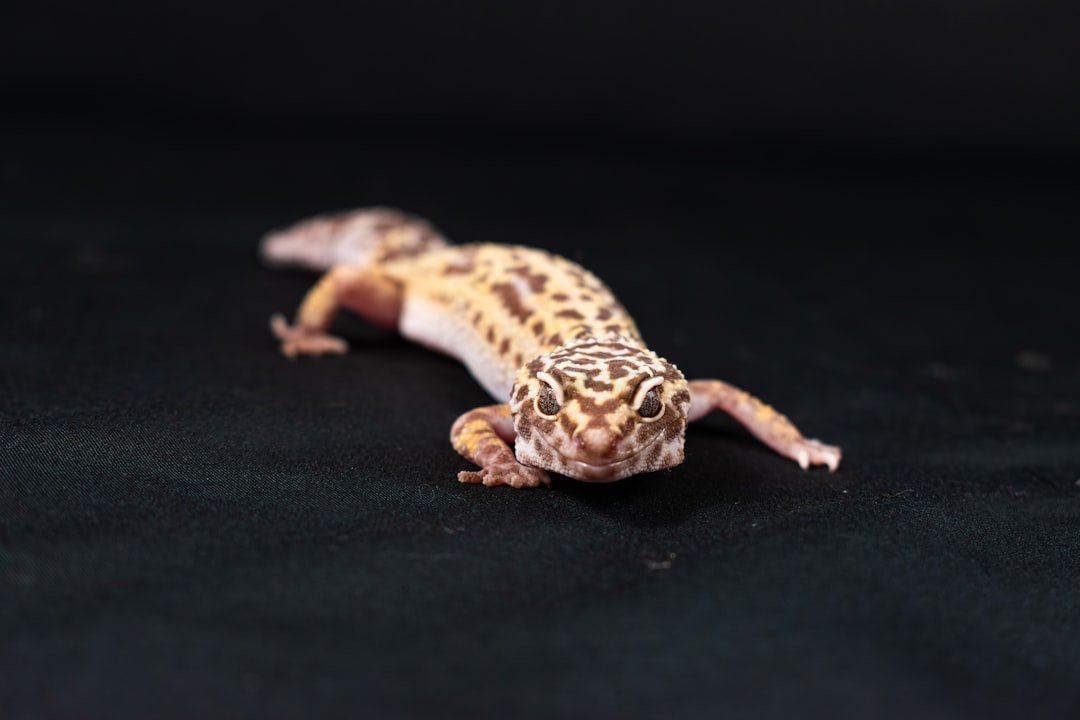
We love to compare gecko toes to Velcro because both rely on structure, not goo, but the resemblance stops at the metaphor. Velcro’s hooks and loops need two matching fabrics; gecko adhesive needs only a surface to touch. Early artificial versions mimicked the hair forests with microfabricated pillars, and each new generation learned a lesson from the lizard – make them finer, softer, angled, and densely packed. That led to pads that can lift heavy plates of glass, climb smooth walls, and pick up delicate components without smearing residue. The story is less a straight line than a spiral, turning through biology, physics, and manufacturing until prototypes finally act like the animal that inspired them.
Engineers found another ancient truth in the process: scaling matters. A human-size climbing pad can work, but only if the load is split across countless contacts and applied with just the right shear. Robots, on the other hand, can exploit smaller pads for repetitive pick-and-place jobs that would wreck traditional sticky tapes. The lesson, surprisingly, is restraint – less pressure, smarter angles, and materials that remember to let go.
Why It Matters
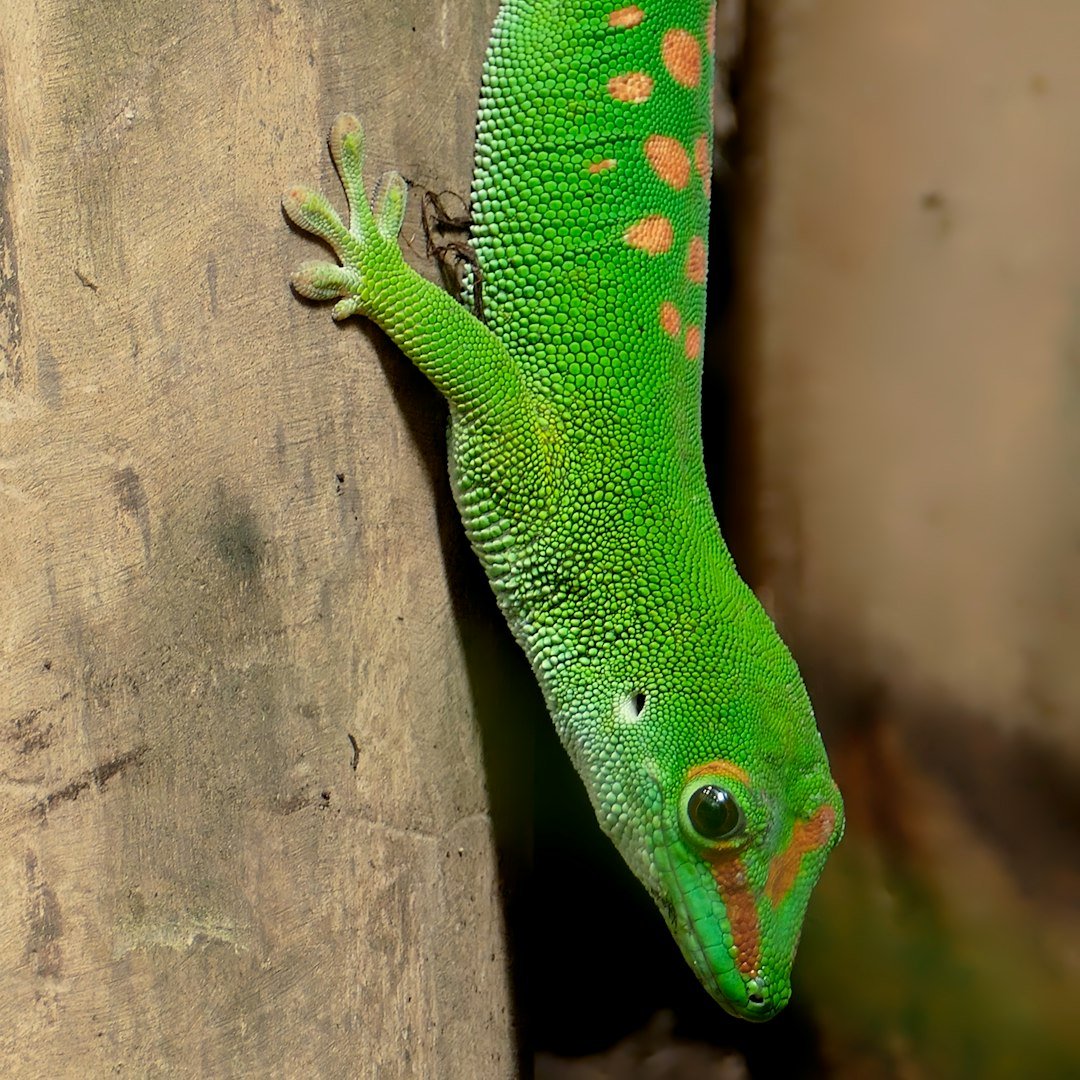
Adhesion usually means mess – glues that cure, tapes that leave residue, suction cups that hiss and fail on dusty surfaces. Gecko-inspired systems flip that script, offering strong, residue-free grip that switches off on command. In manufacturing, that could mean grippers that don’t contaminate optics or electronics, saving cleaning steps and reducing waste. In medicine, the same physics hints at skin-friendly bandages or sensors that stay put without tearing on removal. The big idea is control: not just sticking, but sticking precisely when and where you want.
Compared with traditional methods, gecko-style adhesives are dry, low-energy, and quiet. Suction needs pumps and smooth seals; glues need curing time and often generate fumes; magnets need metals and bring weight. A gecko pad needs only contact and a little shear, and it can be mounted on flexible, lightweight substrates. That’s a wider operating envelope with fewer compromises, which is why this niche topic keeps escaping the lab and showing up in real-world design briefs.
Global Perspectives
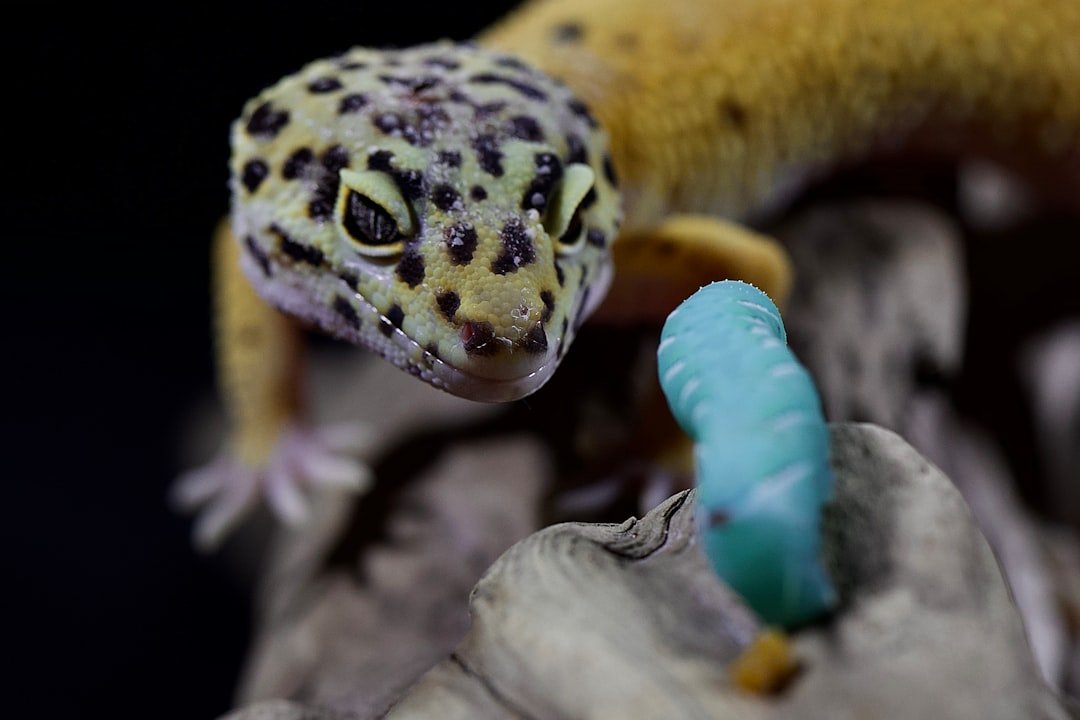
House geckos have piggybacked on human trade routes, turning up in port cities and apartment stairwells far from their native ranges. Their ubiquity makes them ambassadors for biomechanics; kids meet a world-class adhesion system on backyard walls. But gecko diversity remains richest in tropical forests where habitat loss and urbanization continue to press in. Understanding how different species solve the sticking problem – across wet leaves, dusty bark, and hot rocks – helps scientists design materials that work beyond pristine lab benches. It also gives conservation efforts a fresh narrative: save the habitat, save the library of solutions.
Industry interest stretches from Silicon Valley cleanrooms to shipyards in East Asia, where handling big, smooth panels is daily business. Space agencies and startups eye gecko-inspired graspers for zero-gravity capture and gentle servicing of satellites, where glues are useless and suction is meaningless. In each region, the appeal is the same – reliable grip without the usual strings attached. When the same biological principle solves problems in both a rainforest canopy and low Earth orbit, you know it’s a keeper.
The Future Landscape
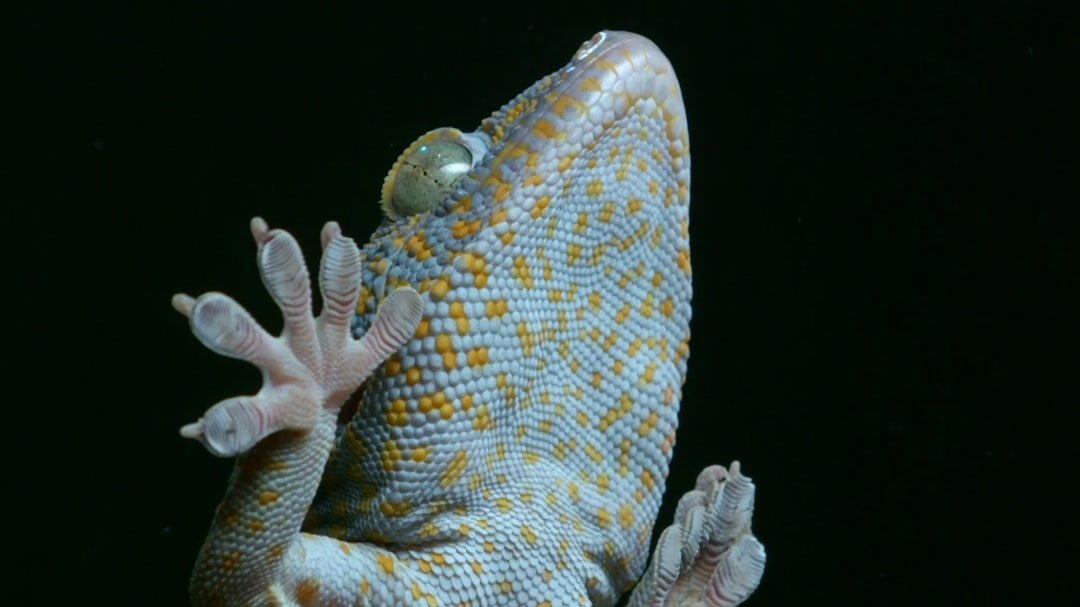
Tomorrow’s gecko-inspired materials will likely blend multiple biological playbooks: gecko-like dry adhesion for clean, fast grip; mussel-like chemistry for wet conditions; and octopus-like suction for soft, irregular targets. The frontier is reliability in the messy real world – dust, oil, humidity, and fatigue over millions of cycles. Smart materials that change stiffness on demand could widen the performance window, while embedded sensors will close the loop between grip and motion. Another challenge is scaling manufacturing so that kilometer-long rolls of microstructured film pop off a production line at reasonable cost. If that happens, the impact could ripple from surgical tools and lab automation to construction robots that walk on glass.
Space is a special case, and dry adhesion fits it like a key in a lock. With no air for suction and no desire for glue residue on optics, gecko-style grippers are natural candidates for capture, inspection, and gentle manipulation. Combine them with small, fuel-efficient robots, and an era of routine on-orbit maintenance becomes more realistic. Back on Earth, a similar revolution could make factories quieter and greener by sidelining pumps, compressors, and disposable tapes. The physics hasn’t changed; we’re just getting better at the conversation.
Conclusion
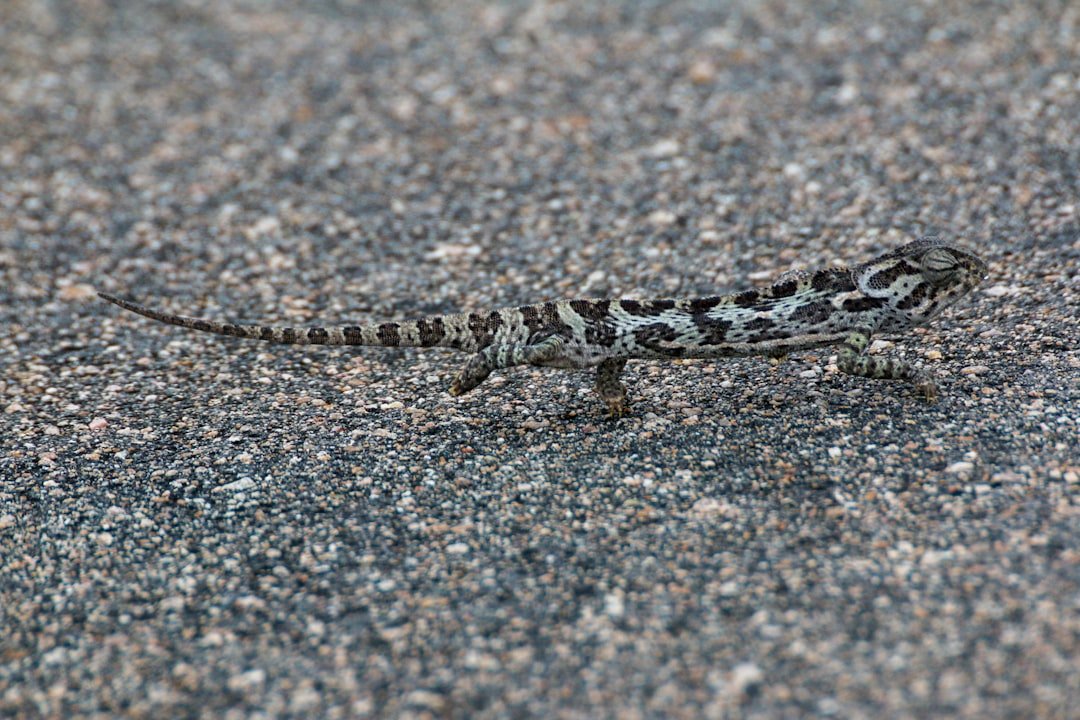
If this story tugged at your curiosity, you can nudge it forward in a few simple ways. Support conservation groups that protect tropical habitats where many gecko species evolved their remarkable toe pads, because every forest preserved is a vault of biomechanical ideas. Look for products and research initiatives that replace solvent-heavy adhesives with reversible, residue-free alternatives, and tell companies when you value that shift. Teachers and parents can spark hands-on learning with simple experiments about friction and surface contact, turning kitchen tables into micro-labs. And if you work in design, robotics, or medicine, consider testing dry-adhesive prototypes in your workflow – it’s often the pilot data that unlocks the next grant or partnership.
Most of all, keep watching the small things: a gecko on a window, a leaf that clings to your sleeve, the quiet physics hiding in plain sight. That’s where the next big idea is likely to tiptoe in – light on its feet, ready to change how we stick to the world. What would you try to climb first?

Suhail Ahmed is a passionate digital professional and nature enthusiast with over 8 years of experience in content strategy, SEO, web development, and digital operations. Alongside his freelance journey, Suhail actively contributes to nature and wildlife platforms like Discover Wildlife, where he channels his curiosity for the planet into engaging, educational storytelling.
With a strong background in managing digital ecosystems — from ecommerce stores and WordPress websites to social media and automation — Suhail merges technical precision with creative insight. His content reflects a rare balance: SEO-friendly yet deeply human, data-informed yet emotionally resonant.
Driven by a love for discovery and storytelling, Suhail believes in using digital platforms to amplify causes that matter — especially those protecting Earth’s biodiversity and inspiring sustainable living. Whether he’s managing online projects or crafting wildlife content, his goal remains the same: to inform, inspire, and leave a positive digital footprint.




